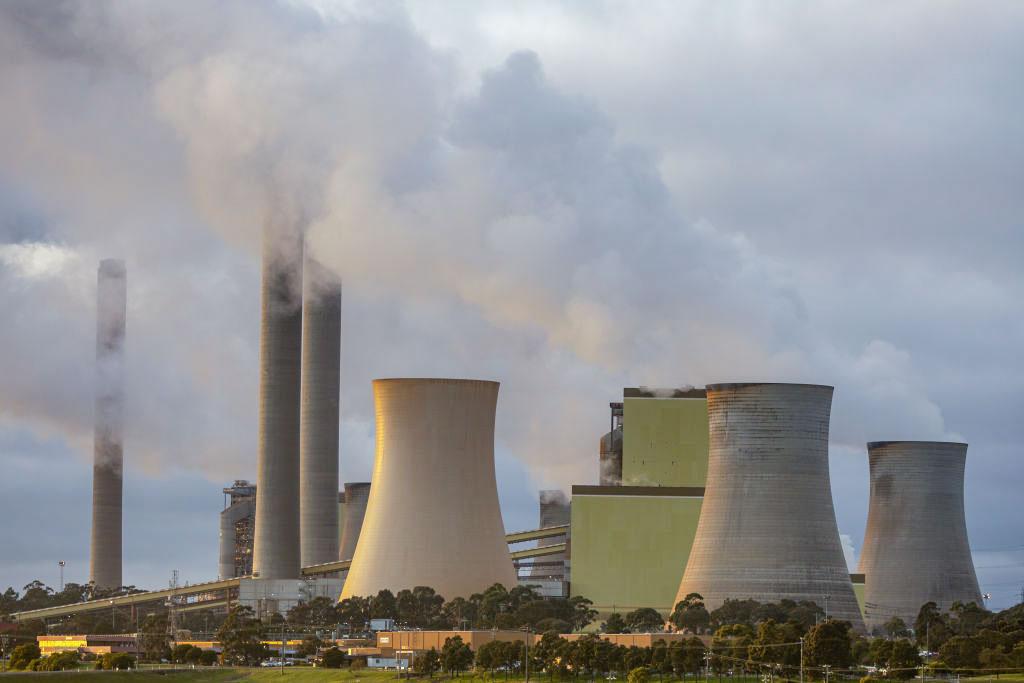The Australian Energy Market Operator (AEMO) has said the country needs to replace 90 percent of coal-fired power plants in the next 10 years to meet its carbon emission targets.
This comes amid concerns about AEMO’s role in the renewable transition and its inability to forecast electricity prices.





